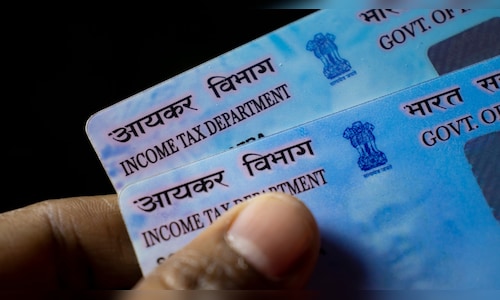
Why is holding more than one PAN a problem?
According to the Income Tax Act, 1961, no individual is allowed to hold more than one PAN card.
With the introduction of PAN 2.0, the government is using advanced technology to identify duplicate PANs, making it easier to track violations.
If you are found holding more than one PAN, you could face penalties and other consequences.
Steps to take if you have more than one PAN
Check for duplicate PANs
Start by confirming whether you hold more than one PAN card. You can easily do this by checking the details linked with each PAN on the official Income Tax Department website.
If you find that multiple PANs are linked to your name, it’s time to take action.
Surrender the extra PAN
Once you’ve identified a duplicate PAN, you need to surrender it to the authorities. As per the Income Tax Act, you are obligated to notify the jurisdictional assessing officer and request the deletion or deactivation of the extra PAN.
Fill out the PAN change request form
To cancel the duplicate PAN, fill out the PAN change request application form.
Ensure you mention the PAN you intend to use and provide the details of the duplicate PAN(s) for cancellation.
Attach copies of the extra PAN cards with the form when submitting your request.
Submit to the Jurisdictional Assessing Officer
After completing the necessary forms, submit them to the jurisdictional assessing officer.
They will process your request and deactivate the extra PANs, bringing you into compliance with the law.
What happens if you don’t take action?
If you fail to surrender the duplicate PAN, the Income Tax Department can impose a penalty of ₹10,000 as per Section 272B of the Income Tax Act.
How PAN 2.0 identifies duplicate PANs
The new PAN 2.0 system uses advanced logic to detect potential duplicate PAN applications.
The centralised mechanism will automatically flag any duplicate PANs, ensuring that the system is more efficient and that individuals cannot hold multiple PAN cards.



